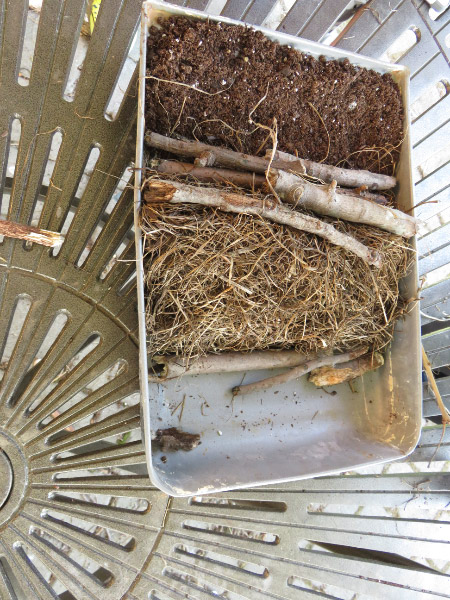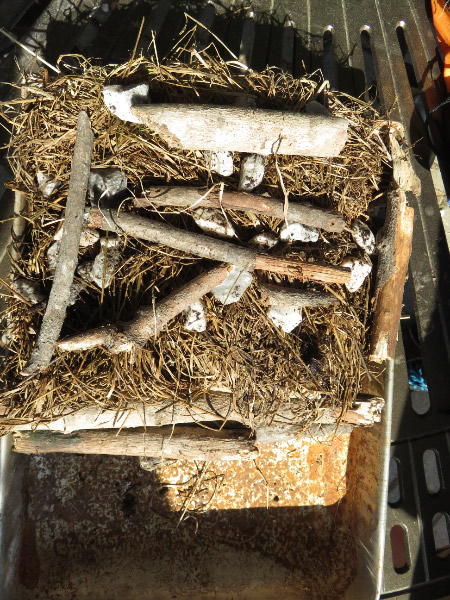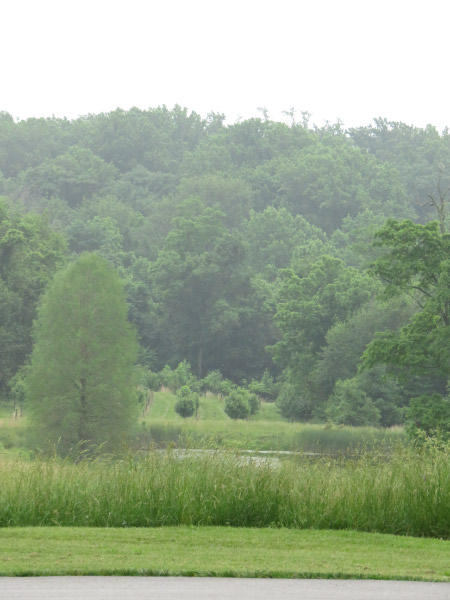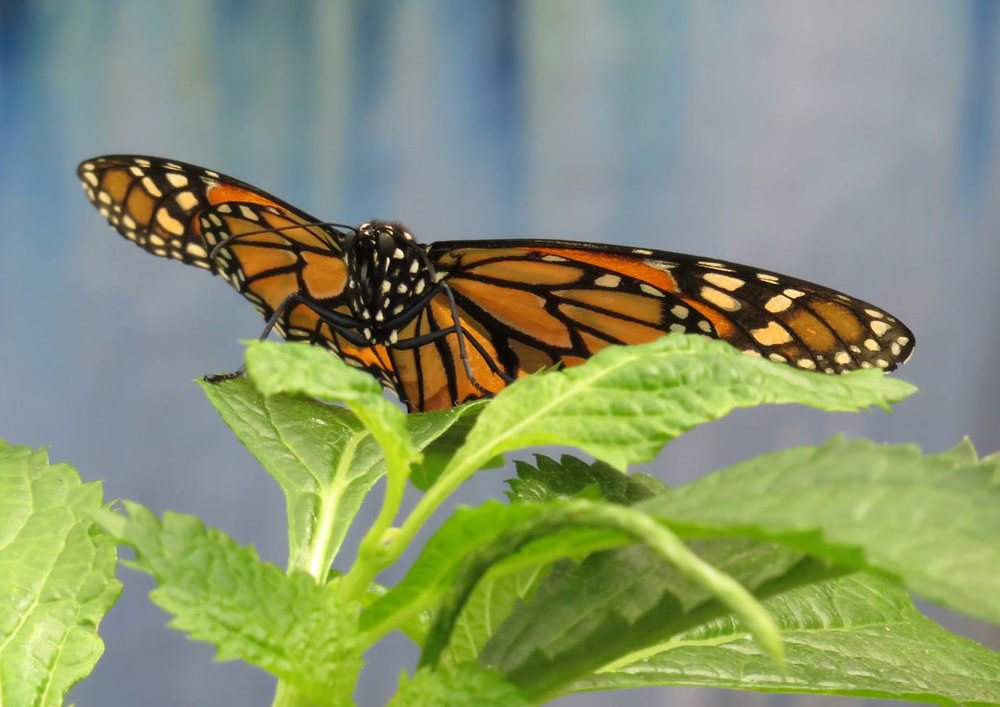Gleanings of the Week Ending August 20, 2016
/The items below were ‘the cream’ of the articles and websites I found this past week. Click on the light green text to look at the article.
Sweat: How to Keep Your Cool – This post seemed to fit with the hot, humid weather we’ve been having since late July here in Maryland.
How millennials are shaping the future of work – I think it is more than just millennials that want these things. I can remember wanting the latest tech for my entire career….and when I didn’t always get it, being frustrated. I remember in the 1990s wanting a laptop rather than a desktop PC as my primary work machine because I was traveling a lot…and being told that laptops could be checked out when I traveled but were not available for in-office use!
From Tree to Shining Tree – The wood-wide-web that is the forest under the forest…made of roots and fungus. A Radiolab Podcast just over 30 minutes long.
Fresh look at burials, mass graves, tells a new story of Cahokia – Skeletal evidence was re-evaluated. The publications in the 1960s assumed all the skeletons were male….but they were male and female. And the motifs with the graves have to be interpreted differently too.
Pressure Mounts to Reform Our Throwaway Clothing Culture – I’ve been donating clothing for a long time…but this goes a step further.
Questioning the Presidential Candidates on Science – 20 questions sent to the candidates with answers requested by September 6th. I’m interested in seeing those responses.
Plastic bag usage has 85% decrease in England after government starts charging per bag – Hurray for England. Wish we were doing more in the US to reduce plastic bags. I’ve been using usable bags for the past few years but there are still a lot of people that aren’t.
Wind power fiercer than expected – I was surprised that evidently there has not been a lot of research on the wind patterns at turbine level over the east coast where a number of wind farms are being planned….including off Maryland’s coast.
The Secret Lives of Horseshoe Crabs – We often see horseshoe crabs on Chesapeake Bay beaches…this was a good post about their life cycle and the current challenges to the species.
New Wondrous Photos of the World’s Beautiful Diverse Fungi – Nature photography and eye candy all in one!





























